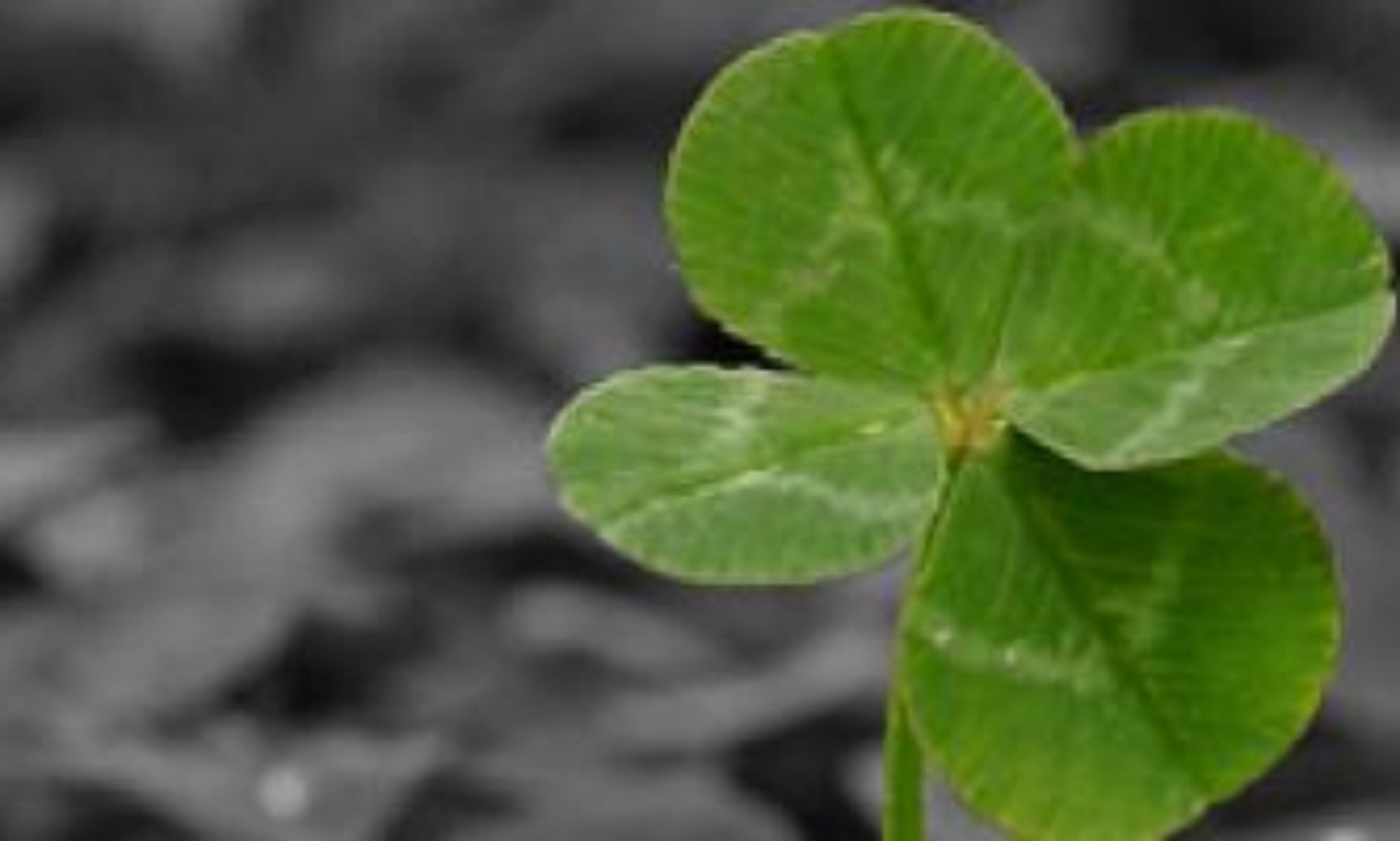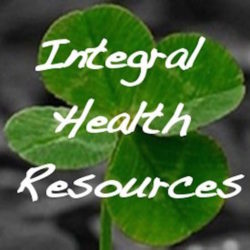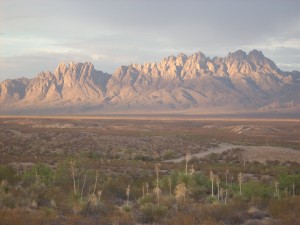
This process whereby people move from a relatively unhealthy, inefficient, unfulfilling mode of functioning toward one of increased livelihood, health, and growth potential, has been understood in many different ways. The approaches that have had the greatest impact on my own life are those that understand personal transformation in terms of embodiment. A variety of theorists and practitioners — representing such fields as psychotherapy, somatics, phenomenology, ecology, psychology, and mindfulness meditation — have contributed a wide range of overlapping, interpenetrating perspectives that recognize the transformative potential of developing one’s capacity to be aware of and consciously responsive from embodied modes of experiencing (by which I mean experiences of bodily sensations and feelings — i.e. somatic/kinesthetic/proprioceptive experience in general). These perspectives share a broad understanding of the transformative process, which can be generally stated as follows:
Human beings often remain stuck in relatively unfulfilling, unhealthy patterns or ways of living in large part due to a diminished state of basic self-awareness. Many individuals in this state are considerably diminished in their capacity to be aware of and respond from feelingful, sensual levels of experiencing . In order to move toward health, fullness of living, and actualization of potential, a person in this dissociated state must develop his or her existing self-sensing capacities and learn to authentically express him- or herself from this deeper, fuller sense of self.
This general view of personal transformation has been understood in at least the following ways: in terms of psychological processes (i.e. dissociation and integration), interpersonal dynamics, socio-cultural/political factors, people’s relations with the earthly environment, sensorimotor functioning, and spiritual realization. The following inquiry is offered as one of many possible integral approaches to optimal health and personal transformation. I use the term integral in a broad sense, understanding an integral approach to be any that brings multiple perspectives together in an effort to address the multiple dimensions of human life. In this sense, integral is more or less interchangeable with terms like integrative and holistic or any other term meant to convey “whole person” approaches to health and personal growth. Although integral is perhaps less familiar than the other terms mentioned, I use it simply as a matter of personal preference, no doubt owing to the influence of both Haridas Chaudhuri’s model of Integral Psychology (Chaudhuri was the founder of the California Institute of Integral Studies, where I studied for several years) and to Ken Wilber’s “four quadrant” integral theory, which I find to be quite useful in framing “big-picture” multidimensional perspectives.
In my next post I will explore this inquiry’s primary assumption: that life (at least in the modern West) is indeed plagued with a tendency toward alienation and dissociation, an attitude that drives a wedge between the thinking and feeling dimensions of being human. This fragmentation of consciousness not only renders us strangers to ourselves in a deep sense, but it also distorts and deadens the quality of relationship that is possible interpersonally, and between people and the earthly environment. Then I’ll look at some ways of facilitating personal transformation that arose in response to this alienated psycho-social situation, focusing on a select few approaches within the fields of somatics and psychotherapy.


